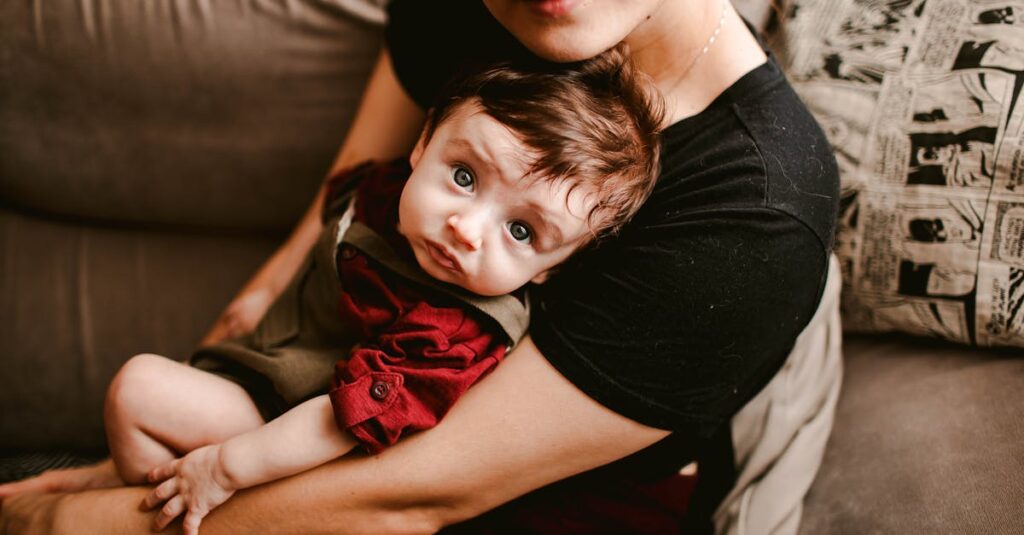Understanding Toddler Communication
Toddlers communicate in unique ways. Their language skills are still developing, so they use a mix of words, sounds, and actions. It’s important to understand that they might not always be able to express what they feel or need. Being aware of this can help parents respond with empathy and patience. For example, my son once threw his favorite toy out of the crib and screamed until I understood he just wanted it back.
Keep in mind, communication is not just verbal.
Patience is Key
Patience is your best ally. Toddlers can be unpredictable, and communication can sometimes feel like decoding a secret message. Slow down and take a deep breath. Showing patience lets your toddler know they are heard and valued. Remember, it’s normal for them to test boundaries. Once, my toddler refused to eat anything but bananas for a whole week. Stubbornness can be their way of trying to communicate their independence.
Remember: Patience is key when dealing with toddlers. Stay calm and understanding!
Using Visuals and Gestures
Visual aids and gestures bridge the communication gap. Simple signs, illustrations, and gestures can help convey messages clearly. Think of a traffic light: green for go, red for stop. You can create similar visual cues at home. My personal favorite is the ‘all done‘ hand wave after meals. These can make a world of difference, especially during meltdowns when words don’t work.
Visuals and gestures play a crucial role in communication which can be particularly helpful in various situations. By incorporating these simple cues, you can enhance understanding and improve interactions.
Active Listening with Toddlers
Active listening means giving your full attention. Kneel down to their level, make eye contact, and really hear their words and emotions. Reflecting back what they say can reassure them that they are understood.
Once, my daughter couldn’t stop crying after a playdate ended. Validating her sadness with a ‘You had fun and now it’s over’ helped her feel understood. It’s not just about hearing words but feeling the emotions behind them.
Remember, active listening is a powerful way to connect with your toddler and build a strong emotional bond.
Encouraging Positive Behavior Through Communication
Positive communication encourages positive behavior. Praise their efforts, no matter how small, and express gratitude for good behavior. Instead of saying ‘Don’t run,’ try ‘Please walk inside.’ During a grocery trip, pointing out how well my toddler stayed by the cart worked wonders. It’s about framing your words positively to guide their actions. Reinforcement and encouragement can nurture their confidence and cooperation.

